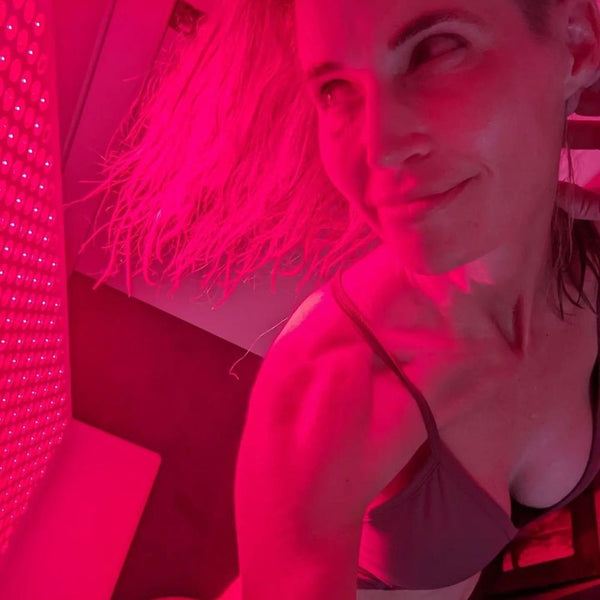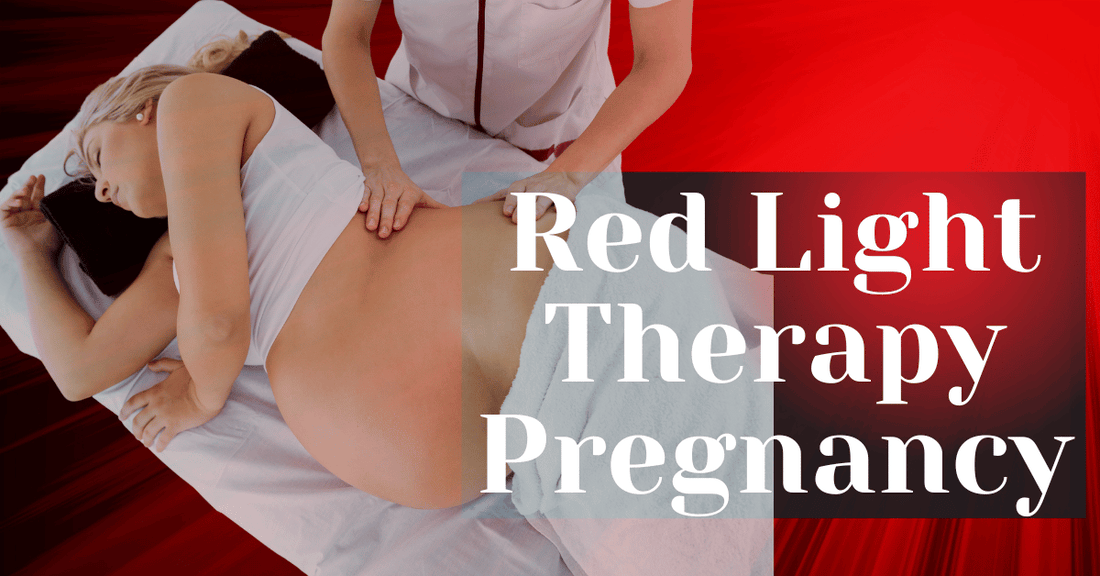
Red Light Therapy Pregnancy
In recent years, Red Light Therapy (RLT) has gained popularity as a non-invasive red light treatment, used for various skin conditions, pain relief, improved sleep, and overall wellness. With its growing use, many expectant mothers wonder if this natural light therapy is safe during pregnancy and if it can provide any benefits to them during this crucial time.
In this comprehensive guide to red light therapy during pregnancy, we will explore what red light therapy is, its many benefits, its common uses, potential treatment, its minimal risks, potential benefits, and safety considerations for pregnant women. We will also provide practical tips and personalized advice on how to use RLT safely during pregnancy and share real-life experiences from other expectant mothers.
What is red light therapy?
Red Light Therapy (RLT) is a therapeutic technique that uses low-level wavelengths of red light to treat various skin conditions, promote wound healing, reduce inflammation, and relieve pain. Natural red light therapy works by delivering concentrated natural blue light back to your skin and cells, stimulating the production of adenosine triphosphate (ATP), which is the energy source for all cells. This process leads to improved cellular function, increased collagen production, and enhanced overall skin health.
Common Uses of Red Light Therapy
RLT has a wide range of applications, including but not limited to:
-
Skin rejuvenation: helps reduce wrinkles, fine lines, and age spots, and improves skin texture and tone.
-
Wound healing: accelerates the healing process of cuts, burns, and other injuries.
-
Pain relief: reduces chronic and acute pain in conditions such as arthritis, back pain, and neck pain.
-
Mental health: aids in reducing symptoms of depression, anxiety, and seasonal affective disorder (SAD).
Is red light therapy safe during pregnancy?
One of the primary concerns for expectant mothers is the safety of any treatment during pregnancy. While there is limited research specifically on adverse effects from the use of RLT during pregnancy, the light therapy itself is generally considered safe.
It is non-invasive, does not use UV light, and does not produce heat, reducing the risk of harm to the mother or the baby. However, it is crucial to consult with a healthcare provider before starting any new treatment during pregnancy.
Potential Benefits of Red Light Therapy for Pregnant Women
While more extensive research still is needed, some potential benefits of RLT for pregnant women include:
Reduced inflammation

RLT can help reduce inflammation in the body, which is particularly beneficial for pregnant women, who may experience increased swelling and inflammation.
Pain relief
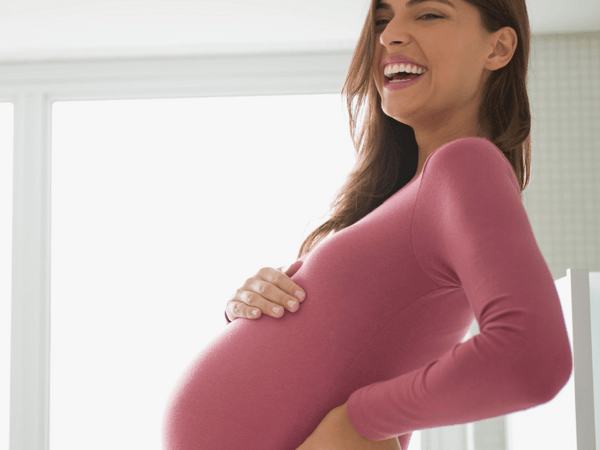
RLT has been shown to reduce chronic pain, which can be helpful for pregnant women experiencing back pain, joint pain, or other pregnancy-related discomforts.
Improved skin elasticity
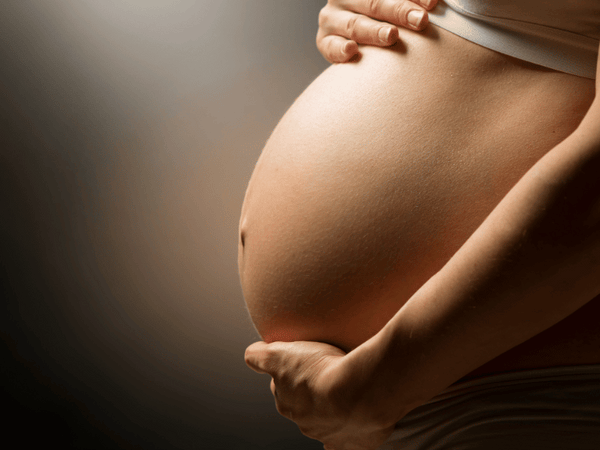
RLT stimulates collagen production, which can help improve skin elasticity and reduce the appearance of stretch marks during pregnancy.
Enhanced mood

The therapy can help alleviate symptoms of depression and anxiety, which some women may experience during pregnancy.
Precautions and Considerations
Before starting RLT during pregnancy, it is important to take the following precautions:
-
Consult with a healthcare provider: Always discuss any new treatment with your doctor or midwife to ensure it is safe for you and your baby.
-
Avoid direct exposure to the abdomen: While RLT is generally safe, it is advisable to avoid direct exposure to the abdomen area during pregnancy.
-
Follow recommended guidelines: Use RLT devices according to the manufacturer's instructions and guidelines for safe use during pregnancy.
Choosing the Right Red Light Therapy Device
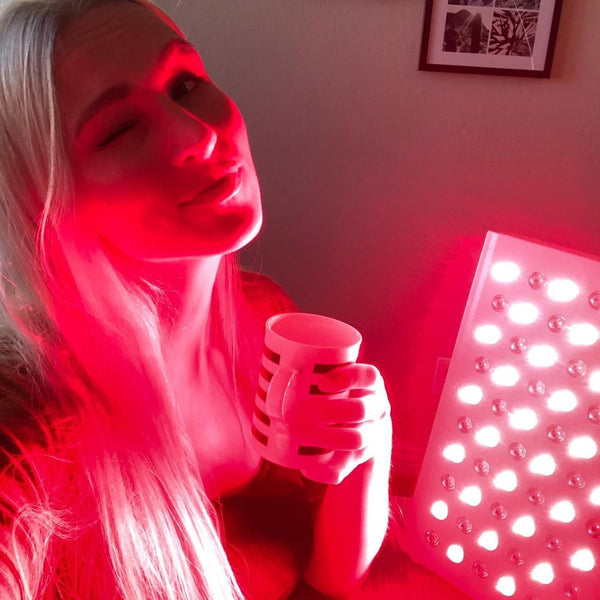
When selecting a Red Light Therapy device for use during pregnancy, consider the following factors:
-
FDA approval: Look for devices that are FDA-approved for safety and efficacy.
-
Wavelength: Choose a device that emits light in the therapeutic range of 630–680 nm for red light and 810–880 nm for near-infrared light.
-
Size and coverage: Consider the size of the device and the area of the body you wish to treat. Larger panels are better for overall body treatment, while handheld devices are suitable for targeted areas.
Guidelines for Safe RLT Use in Pregnancy
To ensure the safe use of Red Light Therapy during pregnancy, follow these guidelines:
-
Duration: Start with shorter sessions (5–10 minutes) and gradually increase the duration as needed. Avoid overexposure.
-
Frequency: Use the therapy 2-3 times per week, or as recommended by the manufacturer or your healthcare provider.
-
Areas to treat: Focus on areas like the face, neck, and back for skin rejuvenation and pain relief. Avoid direct exposure to the abdomen.
Incorporating RLT into Your Pregnancy Wellness Routine
To maximize the benefits of red light therapy during pregnancy, consider incorporating it into your overall wellness routine:
-
Combine with gentle exercise: Engage in light exercises, such as prenatal yoga or walking, to enhance circulation and overall well-being.
-
Practice relaxation techniques: Use RLT sessions as an opportunity to relax and unwind. Practice deep breathing or listen to calming music during the session.
-
Stay hydrated: To stay hydrated and encourage your body's natural healing processes, drink lots of water.
FAQ Section
Q: Can Red Light Therapy harm a developing fetus?
A: There is no evidence to suggest that RLT can harm an unborn baby when it is used correctly. However, it is essential many women to consult with a healthcare provider before starting the therapy.
Q: How often should I use Red Light Therapy during pregnancy?
A: It is generally recommended to use RLT 2-3 times per week, for 5–10 minutes per session. Always follow the guidelines provided by the device manufacturer and your healthcare provider.
Q: Are there any side effects of using red light therapy while pregnant?
A: RLT is known for having minimal side effects. However, some individuals may experience mild skin redness or irritation after use, which typically resolves on its own.
Q: Can red light therapy reduce pregnancy-related swelling?
A: Yes, red light therapy has been shown to promote healing, reduce inflammation and swelling, which can be particularly beneficial for pregnant women experiencing edema or swelling in their legs and feet.
Q: Will red light therapy help with pregnancy-related acne?
A: RLT can be shown to be effective in treating acne by stimulating collagen production, reducing inflammation, and promoting healing. Pregnant women who experience hormonal acne may find relief from skin issues through regular RLT sessions.
Q: Is red light therapy beneficial for postpartum recovery?
A: Yes, RLT can support postpartum recovery by promoting wound healing, reducing inflammation, and improving skin elasticity. It can be particularly helpful in the healing process after giving birth via a cesarean section or for reducing the appearance of stretch marks.
Q: Can I use red light therapy for prenatal depression?
A: While RLT has been shown to both improve sleep quality and have mood-enhancing effects, it should not replace professional treatment for prenatal depression. However, it can be used as a complementary therapy alongside other treatments recommended by a healthcare provider.
Q: Are there any areas of the body I should avoid using red light therapy on during pregnancy?
A: While RLT is generally safe, it is advisable to avoid direct exposure to the abdomen area during pregnancy. Focus on areas like the face, neck, and back for improved skin health, rejuvenation, and pain relief.
Conclusion
Red Light Therapy offers a promising, non-invasive option for pregnant women looking to relieve pain, improve skin and health conditions, and enhance their overall well-being. While it is generally not clear how red light therapy is considered safe, it is crucial to consult with a healthcare provider before starting any new treatment during pregnancy. By following recommended guidelines and incorporating RLT into a comprehensive wellness routine, expectant mothers can potentially experience significant benefits.
Call to Action
If you are pregnant and considering red light therapy, we encourage you to consult with your healthcare provider to discuss whether it is a suitable option for you. Share your experiences or questions in the comments below, and let's support each other in our journey towards a healthy and comfortable pregnancy.
